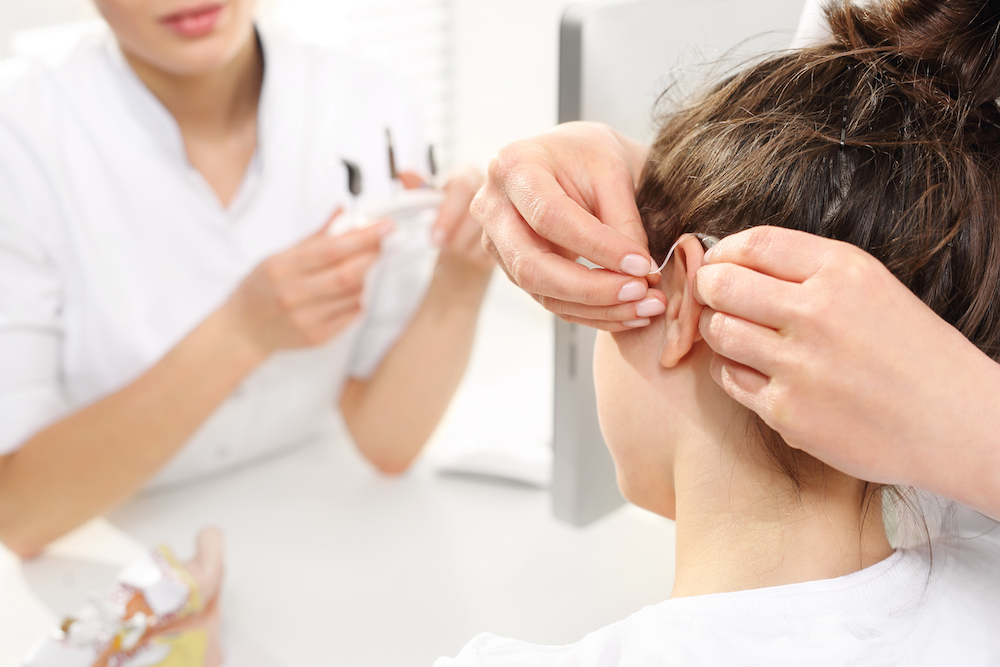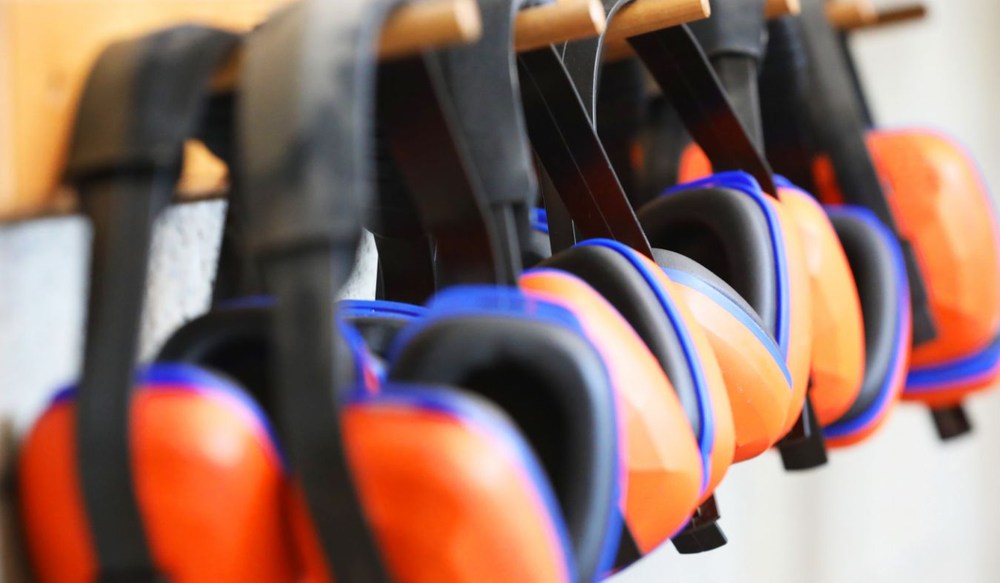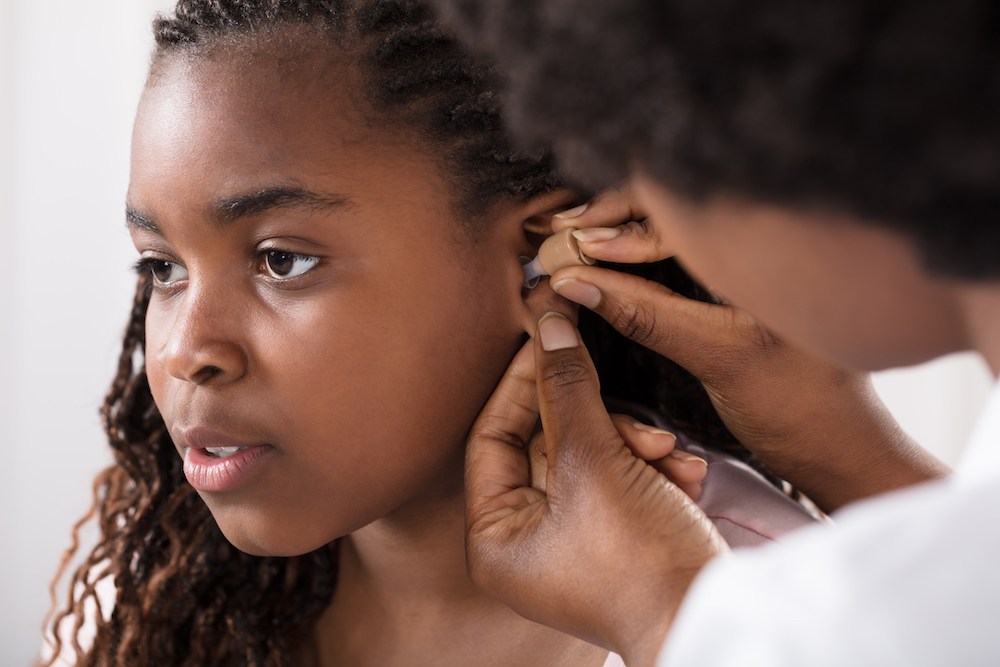What Young Adults Should Know About Hearing Protection
Hearing protection might not be something most young adults think about,
We’re Hiring! Click Here to Learn More About Our Career Opportunities →

The process of acquiring a hearing aid is two-fold. You will first have an evaluation where you have your hearing tested and choose a device; you will then return to the audiologist's office to have it fitted. At the fitting, you will learn important details about how the device works and how to look after it. This information is vital to the proper functionality and life span of your hearing device.
The reason you have an appointment with an audiologist is because you have some trouble hearing. You might have some difficulty hearing people while having a conversation, or perhaps you can no longer hear a certain range of sounds when listening to music or watching television. What you don't know are the details of this hearing loss.
When you visit your audiologist's office to have a hearing device fitted, they will conduct a full hearing test. This hearing test is designed to gauge your natural hearing range; this is important to determine the settings on your hearing device. They will test the loudest and the softest sounds you can hear, which also gives you valuable data on the extent of your hearing loss.
When you're at the stage of having your hearing aid fitted, you will have already chosen the device during your evaluation. You will have chosen either an in-the-ear (ITE) device, in-the-canal (ITC) hearing aid or a behind-the-ear (BTE) device. This will be one that suits your style and budget, but you may still not know how to use it. This will all be explained at your fitting appointment.
An important part of what you will learn at your hearing aid fitting is how your device functions. Your audiologist will ensure that you have a proper understanding of the settings and functionality of the hearing aid so you can adapt it as you wish. When you leave the audiologist's office, you will know what the device can do and how to program it exactly for your usage.
Your hearing device's proper care and maintenance are essential and impact both its functionality and its lifespan. If you don't know how to care for your device, you might end up damaging it and needing it replaced sooner rather than or running it so that it's ineffective in your life.
When you go for your hearing aid fitting, your audiologist will talk you through the cleaning and maintenance of the device. They will show you how to clean it, so it doesn't get damaged, and how to store it when it's not in use. They will also talk you through the battery functionality of the device and any replacement procedures.
If you don't have any idea about how your new hearing aid will work following your evaluation, don't worry, this will all be explained to you at your fitting. During the fitting, the audiologist will show you how to test, operate and maintain the device. When you leave the audiologist's office, you will have full knowledge and understanding of the device and how to use it effectively.

Hearing protection might not be something most young adults think about,

Hearing loss usually starts gradually, making it hard to notice right

Choosing the right hearing aid for your needs is about more than just